Denon
The company was originally established in 1910 as part of Nippon Chikuonki Shokai (Japan Recorders Corporation), a manufacturer of single-sided 
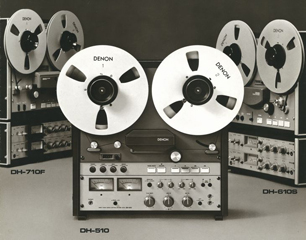 disc records and gramophones. The company was initially named {{nihongo|Nippon Denki Onkyō Kabushikigaisha| Japan Electric Sound Company}), which was shortened to Denon. The company is actively involved with sound systems and electric appliance production. Later the company merged with other related companies and as a result of this the company name became Denon.
disc records and gramophones. The company was initially named {{nihongo|Nippon Denki Onkyō Kabushikigaisha| Japan Electric Sound Company}), which was shortened to Denon. The company is actively involved with sound systems and electric appliance production. Later the company merged with other related companies and as a result of this the company name became Denon.
There followed a number of mergers and tie-ins over the next few decades as firstly the company merged with Japan-US Recorders Manufacturing in 1912, and then in 1928 the brand "Columbia" was introduced when the company became Japan Columbia Recorders. A further change of name occurred in 1946 when the company renamed itself Nippon Columbia.
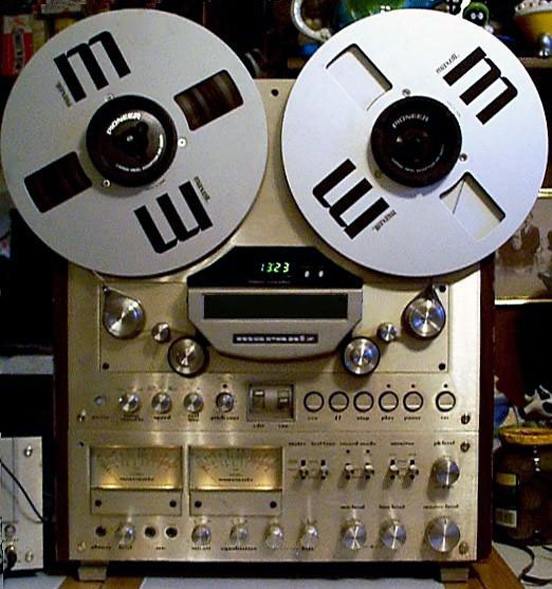 The Denon brand was first established in 1947 when Nippon Columbia merged with Japan Denki Onkyo. D&M Holdings
The Denon brand was first established in 1947 when Nippon Columbia merged with Japan Denki Onkyo. D&M Holdings 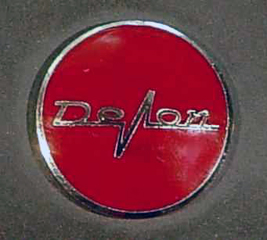 Inc. was created in May 2002 when Denon Ltd and Marantz Japan Inc. merged. On March 1, 2017, Sound United LLC completed the acquisition of D+M Holdings.
Inc. was created in May 2002 when Denon Ltd and Marantz Japan Inc. merged. On March 1, 2017, Sound United LLC completed the acquisition of D+M Holdings.
Today, the company specializes in professional and consumer home cinema and audio equipment including A/V receivers, Blu-ray players, tuners, headphones, and wireless music systems. Denon is also known for high-end AV receivers and moving coil phonograph cartridges. Two M-series models, the Denon M31 and M30, were the most successful radio hi-fi's in the mid-2000s.] Since being released to the micro hi-fi DAB market, they have received several awards in Europe.
 From its beginning in1910 as a manufacturer of single-side disc records and gramophones, DENON has become a world leader in the manufacture of
From its beginning in1910 as a manufacturer of single-side disc records and gramophones, DENON has become a world leader in the manufacture of  high quality audio and audio/video equipment and software products for the entertainment and information industries. Our professional-use and consumer-use equipment and software products are recognized internationally for their originality and standards of quality, durability and innovation.
high quality audio and audio/video equipment and software products for the entertainment and information industries. Our professional-use and consumer-use equipment and software products are recognized internationally for their originality and standards of quality, durability and innovation.
View pdf of Denon Hiistory
Denon PT-12
The use of tape recorders in Japanese broadcasting started in 1949 with the American Magnecorder. The PT-6 model used was brought to Japan by NHK. Using this model as a reference and with collaboration from NHK, Tokyo Tsushin Kogyo (“Totsuko”, later Sony) and Nippon Denki Onkyo (later Denon) started working on a domestically-produced tape recorder.
Development had finally begun on a Japanese-made tape recorder. Denon was an established company with various achievements as a domestic manufacturer of recording equipment for broadcasting both before and after the war, including supplying disc-style recorders to NHK. Its roots were in the Denki Onkyo Research Institute founded by Koichi Tsubota before the war to work on domestic disc-style recorder production.
Tokyo Tsushin Kogyo, on the other hand, was a new company, founded by Masaru Ibuka in 1946, that had developed and marketed several measuring instruments for electrical engineering and was constantly looking to work on innovative new products. Respective company founders Tsubota and Ibuka were contemporaries at the Waseda University Faculty of Science and Engineering, although it is not known to what extent the two men knew each other. Both companies built prototype tape recorders within a short space of time, which were then evaluated by NHK. The results of this evaluation were reflected in the official demands that were submitted, while the prototypes were redesigned to meet NHK specifications.
The prototypes were introduced by NHK in 1951 as the PT11 and PT-12, the first domesticallyproduced tape recorders for business use, and were put to use by broadcasting stations all over Japan. It seems that the machines were treated as “portable”, with the tape transporter and amplifier each in separate casings. Photographs of the prototypes show the differences in approach between the two companies. Denon, with its wealth of experience in the field of broadcasting equipment through its disc-style recorders, was trying to emphasize guaranteed performance and credibility in the field of business machines by making a faithful reproduction of the Magnecorder PT-6. On the other hand, while Totsuko adhered to the basic principles, it added some of its own original technology.
Historical Development of Magnetic Recording and Tape Recorder by Masanori Kimizuka
DENON ads
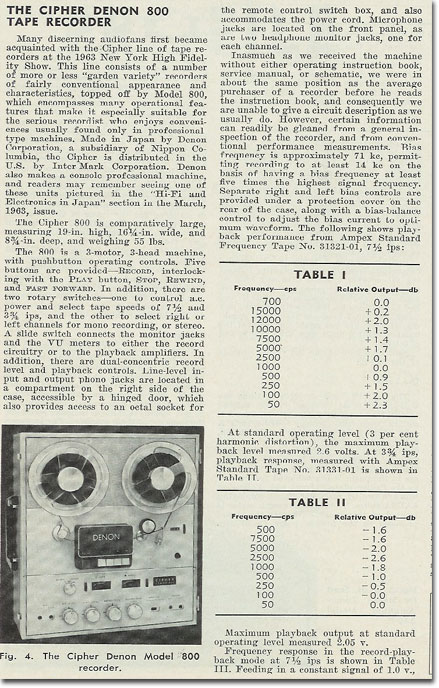
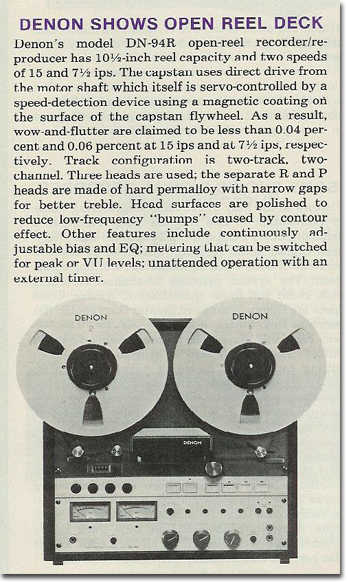
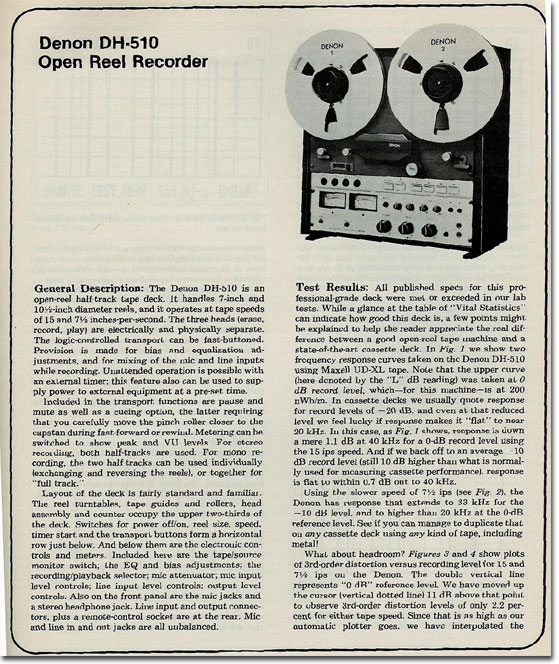

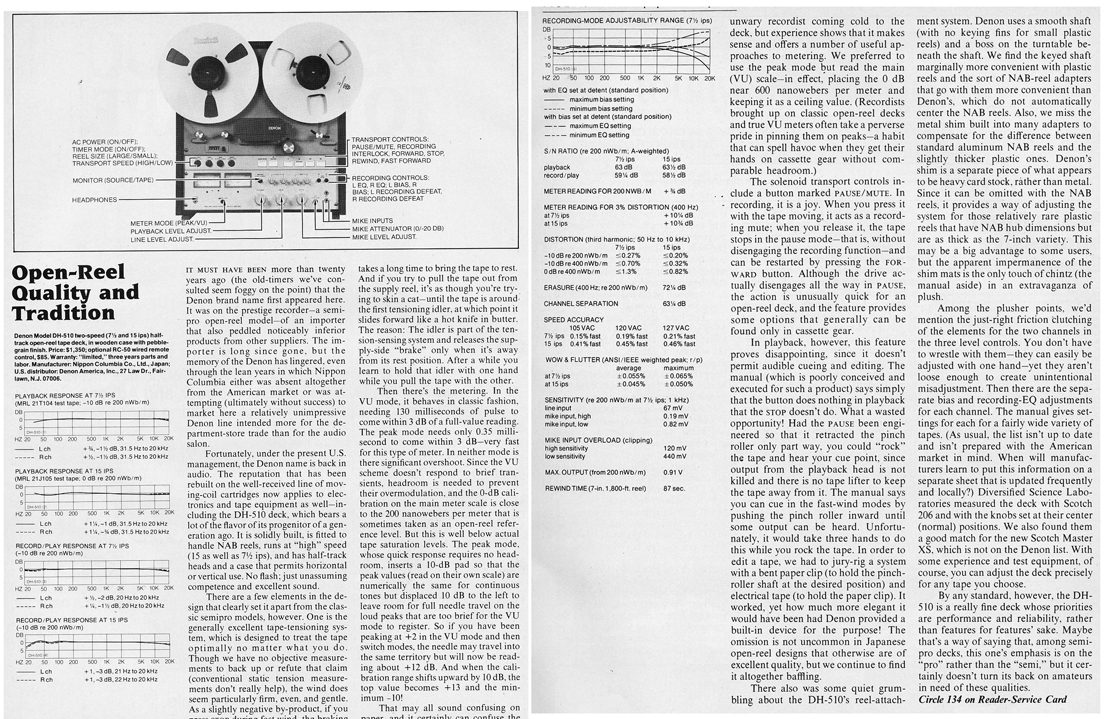
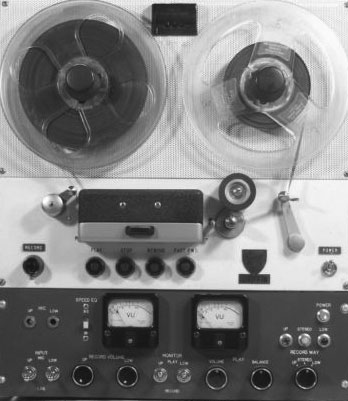
Photos from third parties
We appreciate all photos sent to our museum. We hope to successfully preserve the sound recording history. If we have not credited a photo, we do not know its origin if it was not taken by the contributor. Please let us know if a photo on our site belongs to you and is not credited. We will be happy to give you credit, or remove it if you so choose.
Denon DN-360RG reel to reel tape recorder
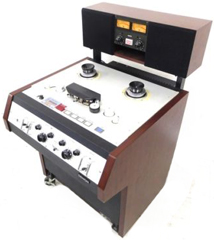
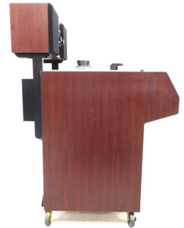

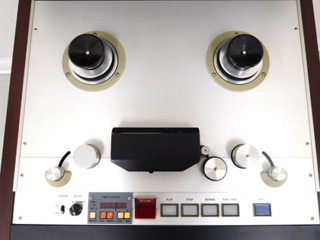
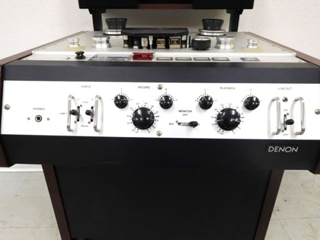
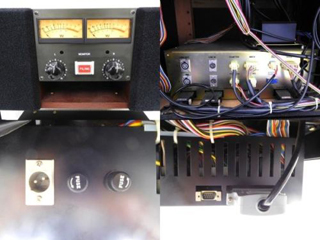
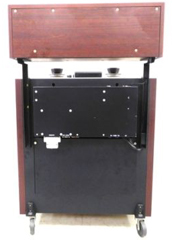
Denon 800 reel to reel tape recorder
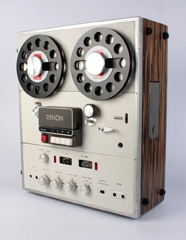
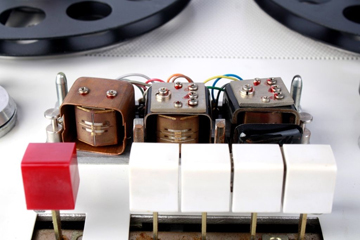
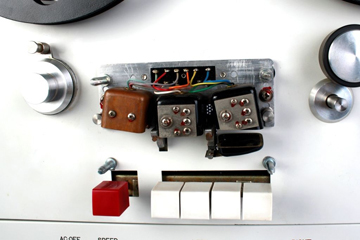
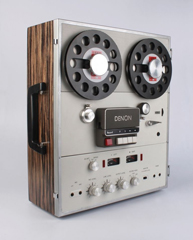
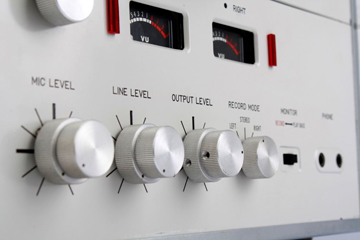
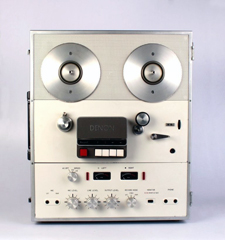
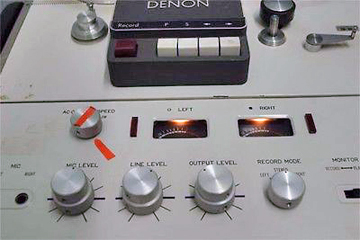
Denon reel to reel tape recorder
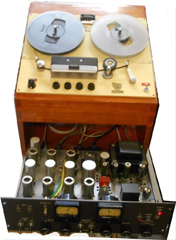
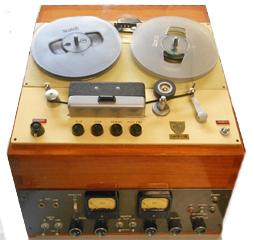
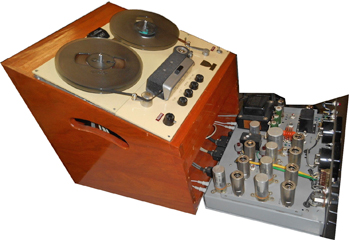
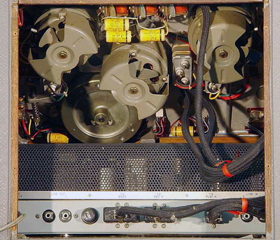


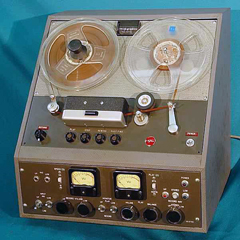
Denon DH-510 reel to reel tape recorder
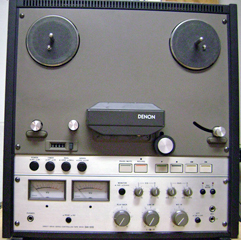
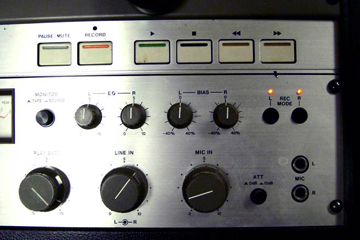

Denon 700 reel to reel tape recorder
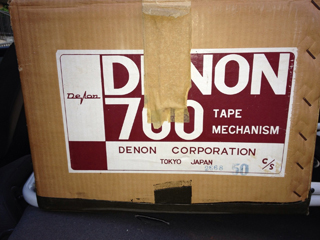

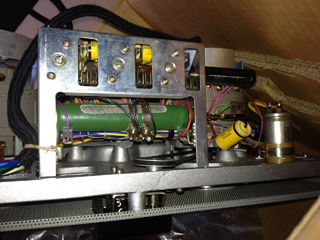
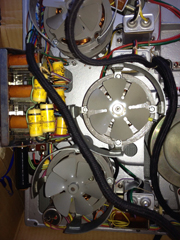
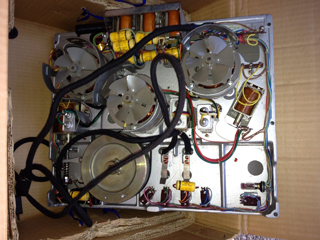
Denon 300 reel to reel tape recorder
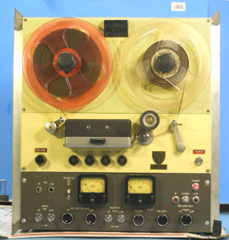
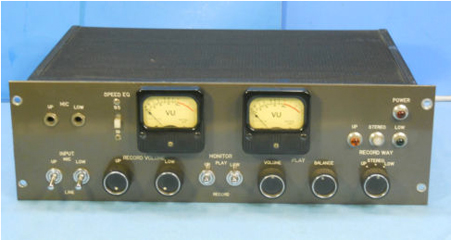
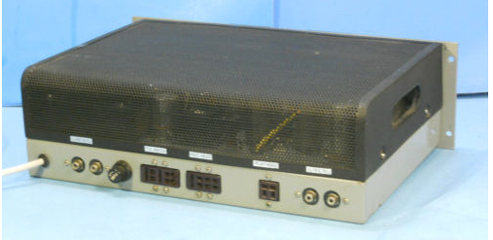
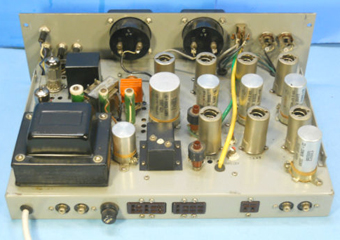
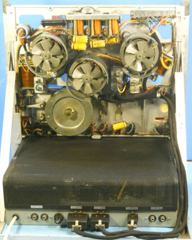
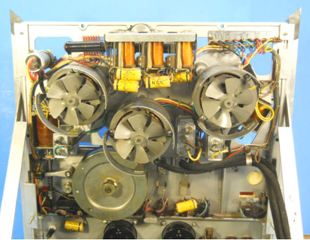
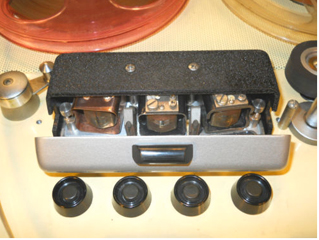
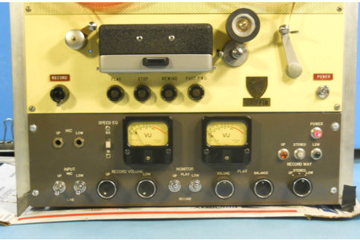


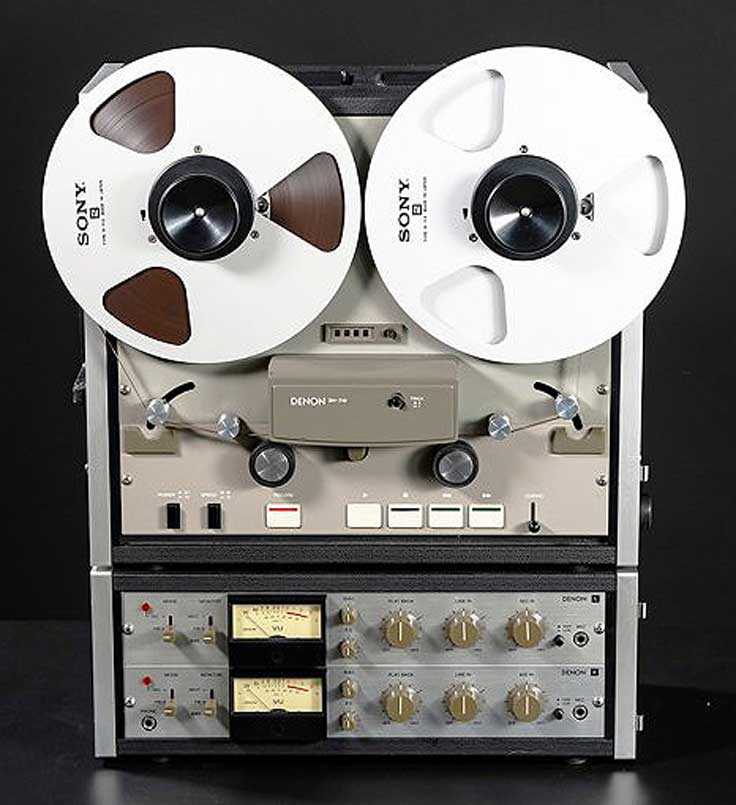
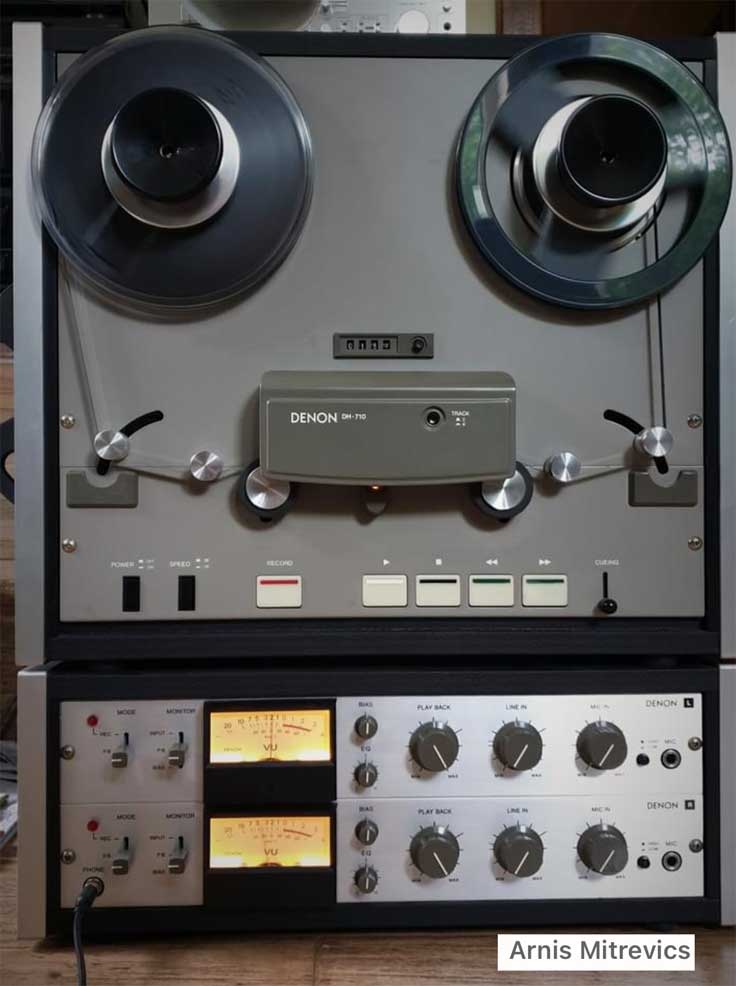
Denon DH-710 Copper Magazine (left)

